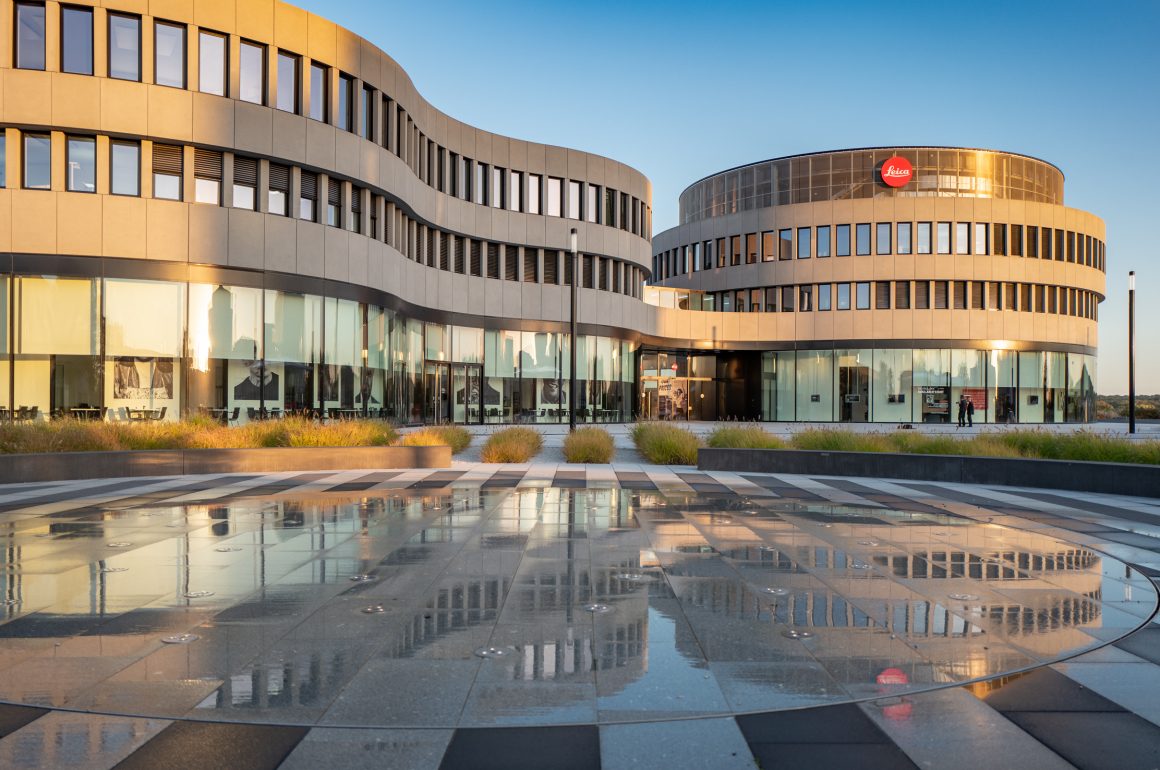
There has been a huge
amount going on the camera industry of late. Photokina, and the lead up to it
brought a steady slew of very newsworthy updates from a number of major brands,
including the mirrorless introductions from Canon and Nikon, and some exciting
medium format additions from Fuji. However, the mysterious set of rumors that
lead to something quite unexpected from Leica, with the L-Mount alliance in
partnership with Panasonic and Sigma, really piqued my interest.
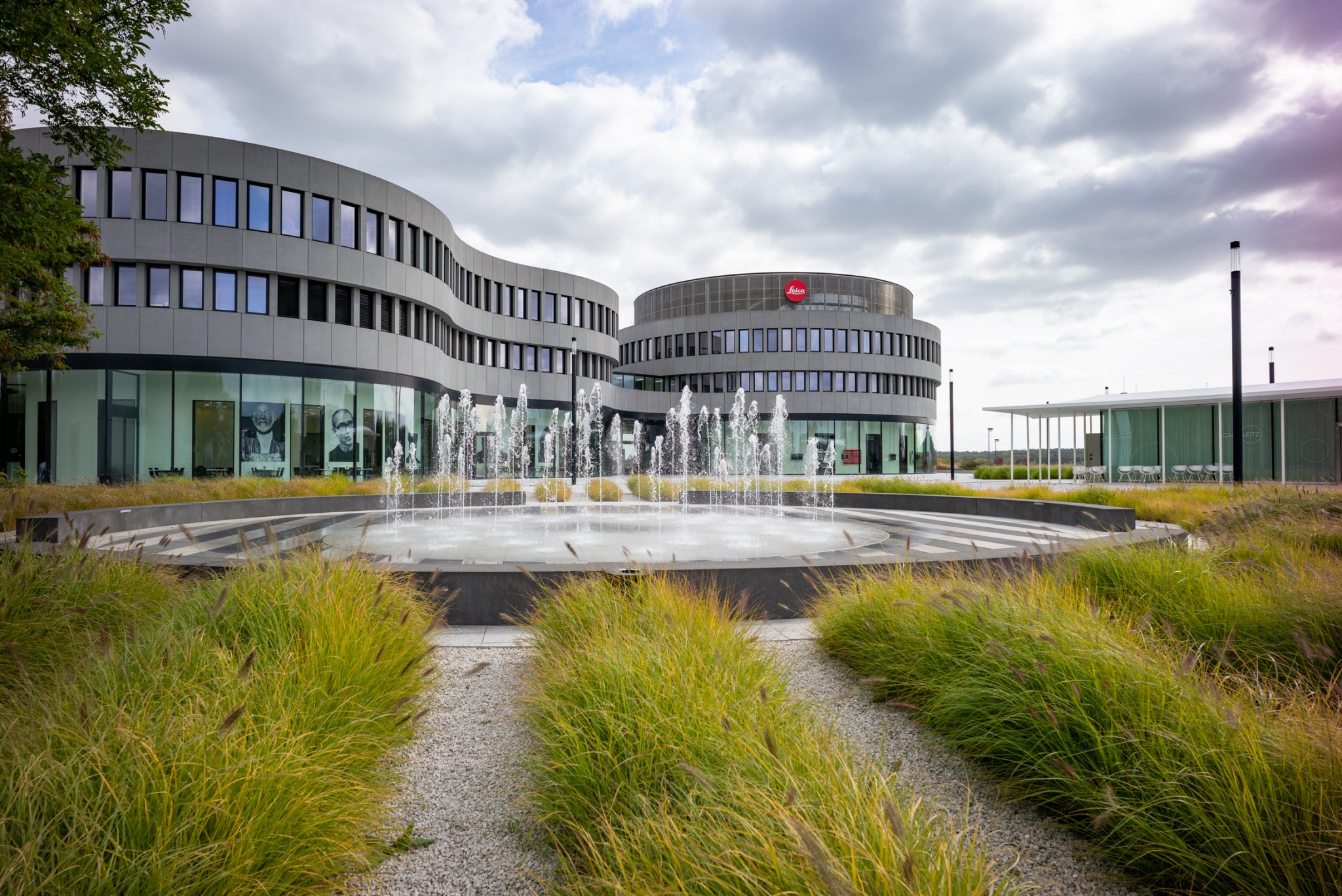



The Leica Factory building
is really impressive in design and a great photographic playground created with
the photographer in mind.
Leading lines, reflections, water features and glass
all come together in modern swooping shapes.
The main building is inspired by
different camera elements, including the aperture of a lens and 35mm film
within the windows wrapping around the outside.
As a Leica M and Q owner
and photographer, I was very intrigued by this news, and was excited by the
announcement’s timing as it lined up very closely with my trip to Germany and
the tour of the factory I had planned. I was also scheduled to attend some
presentations with a number of the key personal at Leica including Stefan
Daniel, Global Director of Business – Photo Unit, Jesko Von Oeyhausen, Product
Manager of the Leica M, Stephen Schulz, Head of Professional Photo, including
the SL and L-Mount and Mr Leica himself, Peter Karbe; the amazing designer
behind the incredible modern M and L mount lenses.



You can tell the new
buildings placement and design was with light in mind and how it would play and
interact with the different surfaces and shapes of the structures.
Reflections
bouncing around between the buildings, the curves of the main building
contrasting
with the more square utilitarian shapes of the hotel and Leica
World exhibition hall.
This article will be mixed
with images from my tour of the very impressive factory in Wetzlar, Germany
along with information from the various presentations and meetings. Of course,
the people at Leica are not going to come out and spill all their plans for
future products, but some hints were certainly given, along with some outright
clear explanations of their thinking behind recent and potential future
choices. So this article is my interpretation of those presentations, and
predictions of where I think things are going for Leica’s cameras and lenses in
the future.

The main building houses
the factory itself along with a store and small exhibit showcasing lens design with some windows
that peer into the camera assembly line.
The hotel was very well
appointed, not overly luxurious, but very comfortable with little nods to the
heritage
and location including Leica M blueprint wallpaper.
Leica World houses a
number of business conference rooms, a Leica Accessory shop and soon to be open ex-demo and
seconds store, the archives and its main feature, a large exhibit
space which housed an excellent 100 years of Leica display.
The Leica World building
includes a viewfinder shaped window on the top floor that you can look out of
from the exhibit space over Leitz Park.
Leica M:
The sense I got from Leica
was a stronger understanding within the company of where each of their products
sat within their line up, and how they each related to one another.
The M is all about the
heritage of the camera, and all future decisions, I believe, will be based more
on what we saw with the M10 product update. When all other companies try to
stuff their cameras with all the bells and whistles, the M will remain true,
and return more towards its history.


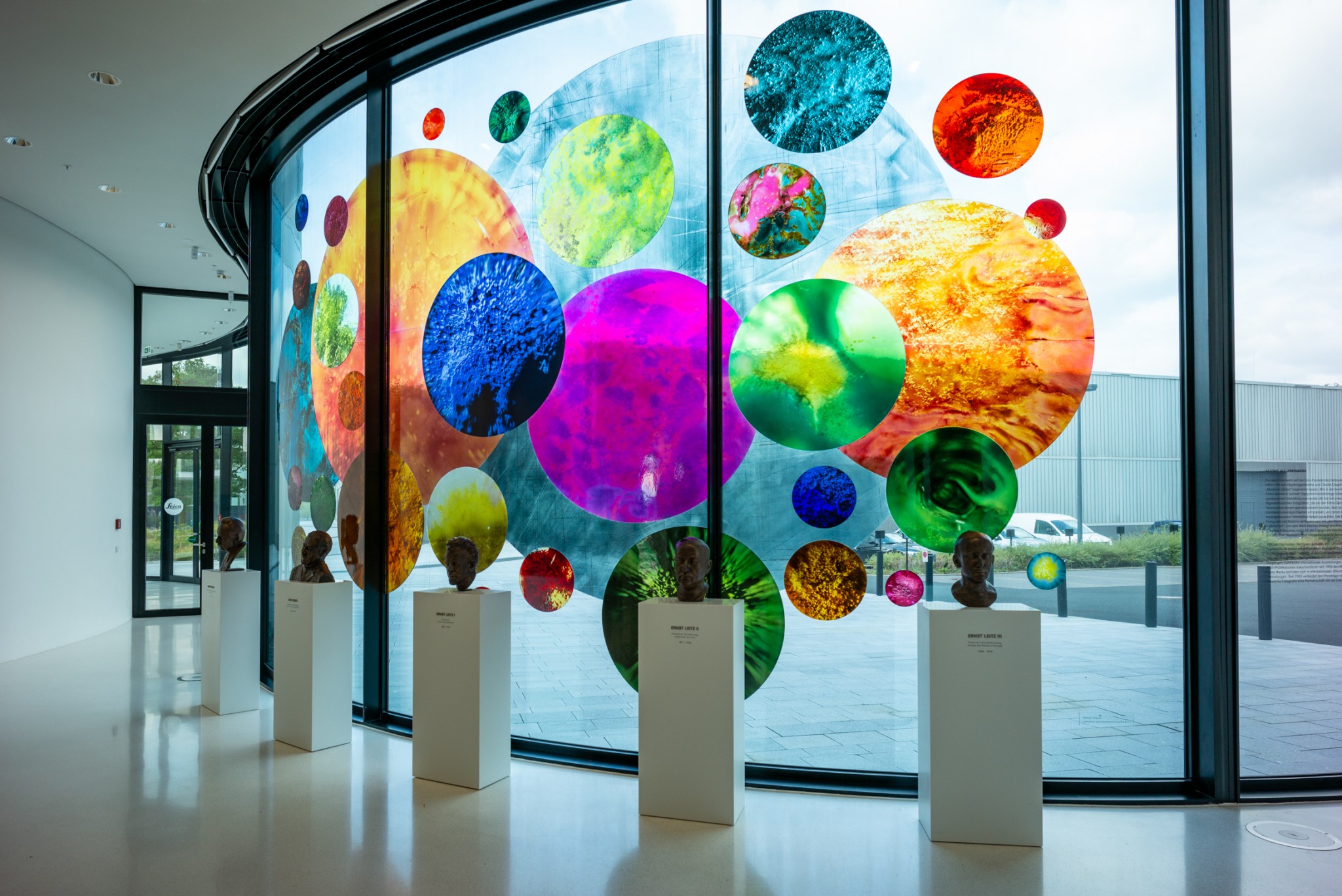

The interior continues the
stark design, with high gloss white floors and walls and steel beamed ceiling.
It acts as an excellent backdrop for the photos and displays featured
throughout the space.
Having other successful
cameras in their line up like the SL free’s up the M to stay simple. It will
always be a rangefinder, with an optical viewfinder, as slim as possible to
match the film camera’s of past and achieve the maximum performance from the
manual M lenses.
Knowing this allows Leica
to make decisions like the removal of movie shooting functions, adding quieter
shutters and keeping it slim in profile etc.

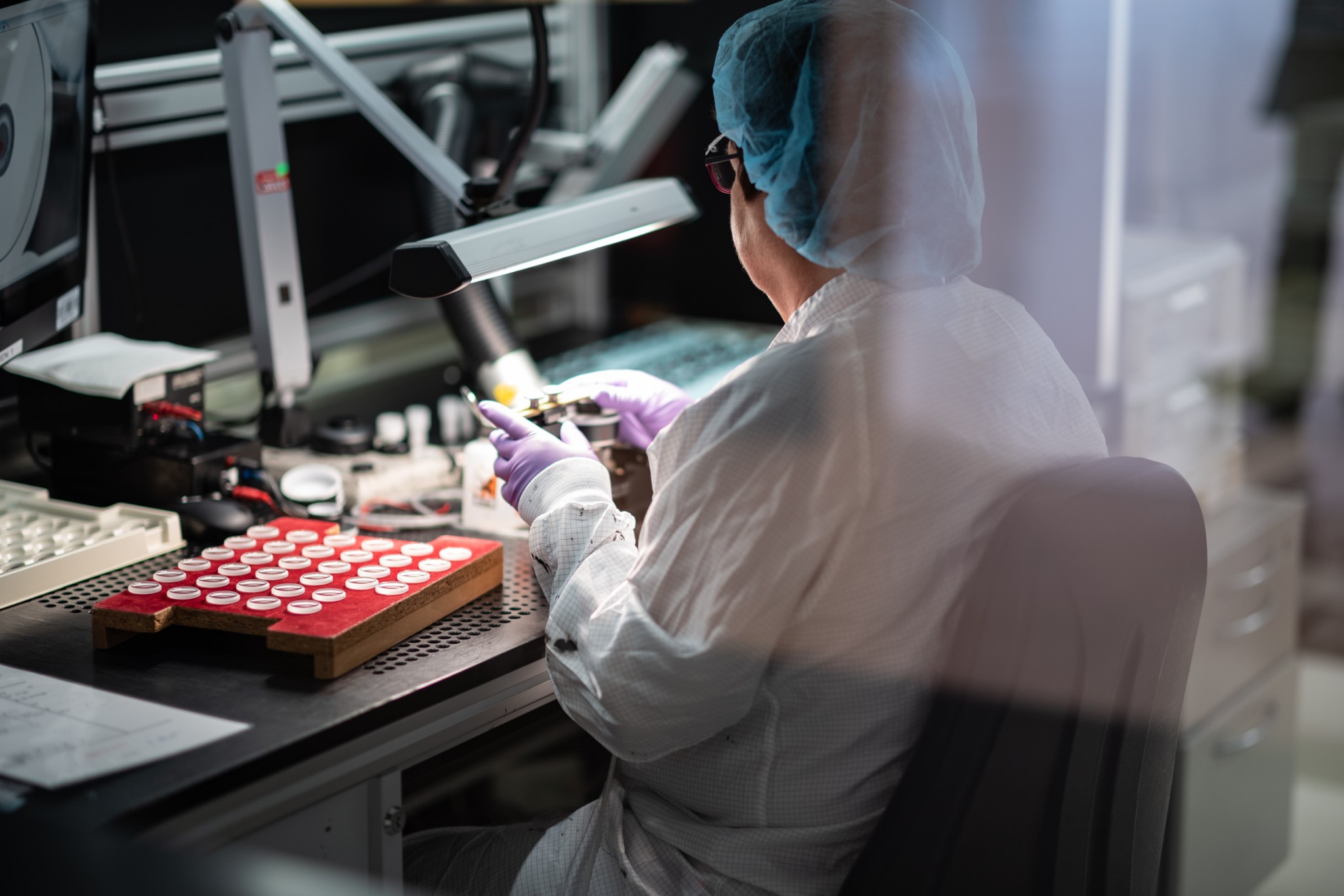
The factory itself is
incredible. Any doubt as to the reasoning behind the price of Leica products
becomes much more
justifiable when you see the amazing care and craftsmanship
behind the cameras and lenses.
Many of these continued to be hand ground and polished,
sometimes for 4-6 hours per piece to meet the exacting standards.
A number of the
elements as seen in the bottom photo have the edges painted black with 4 coats
to ensure light leaks are minimized.
So with this in mind, of
course there are other features that users of M cameras would love to see. All
camera uses hate dust, and no matter how well sealed a camera may be, dust
seems to get on the sensor. Stefan Daniel noted that an automatic sensor
cleaner built into the M would be beneficial, but due to size and the very thin
glass covering on the sensor required for the M lenses, this was not possible.
However, Stefan noted the sensor design in the M10 was improved dramatically,
with the glass cover distance between the sensor increased, which results in a
lot less dust. They believed these types of enhancements in future products will
continue.
The most unique feature of
the M system is of course the rangefinder. However, live view has been a great
addition, especially for wide angle lenses and those with very shallow depths
of field. The add-on EVF is not the most elegant accessory, so of course the
idea of a optical / electronic viewfinder like the Fuji x100 series or a built
in EVF is something many M users are interested in.



Talking with the staff in
the factory, you can sense the pride of craftsmanship for the lenses and cameras
they are producing. Many employees have worked there for 20-30 years, honing
their craft. New employees are rotated through the stations so that a respect
and understanding of the entire process in and pipeline is achieved, resulting
in a better understanding of the importance of each step.
Jesko, the product manager
for the M suggested that, of course, the electronic viewfinder is a nice
addition for the M camera, however, they always see the rangefinder as the
number one focusing system for the M. They mentioned Leica did build a
prototype hybrid built in EVF M, but they put priority on the camera body
design, as it made it too thick.
However, Stefan Daniel
added to this, emphasizing there will always be a rangefinder version. However,
they are looking at opportunities to have a second model with a built in EVF.
They will never swap the rangefinder to EVF, but a second version alongside the
rangefinder is very possible in the future.

In regards to lens
roadmap, it was made very clear by Stefan Daniel that the focus was the L mount
lenses for the near future. However, they were having meetings the afternoon I
was there about future lenses, and knew (to my excitement) that a 35mm Noctilux
was a much wished for addition. Stephan Schulz added that he thinks its a lens
everyone would like to see, and know the 35mm is one of the more popular focal
lengths in the M system, so they expected to have more discussions! Peter Karbe
shrugged, but had a twinkle in his eye… so my feeling is this will be a lens
that I’ll be seeing soon in my future!



The Aspherical Lens
department – where all our lens dreams come true!
Leica SL & L Mount:
The SL has been a very
popular camera for Leica and has sold extremely well, and based on the talks,
it seemed very much the future of Leica. The L-Mount alliance was a step to
help solidify this. Along with building a team of companies that could work together
to support one another, add further relevance to the mount, and act as a
counterweight to the other participants in the market.


The main building is a
Leica collectors dream, showcasing photos and cameras throughout the history of
the company.
By creating this alliance,
a much wider range of lenses will be available than what Leica could produce on
their own. So all parties in the alliance will produce cameras and lenses that
are interchangeable and technology could be shared between one another. This
was quite interesting as Stephan Schulz mentioned buying power would also be
greater between the three parties for components. For example, LCD’s, which are
becoming very difficult to purchase as manufacturers are more interested in the
quantities found in the mobile market than in cameras. Purchasing shared
components, in greater quantities, could result in higher quality products from
suppliers being made available to future cameras.

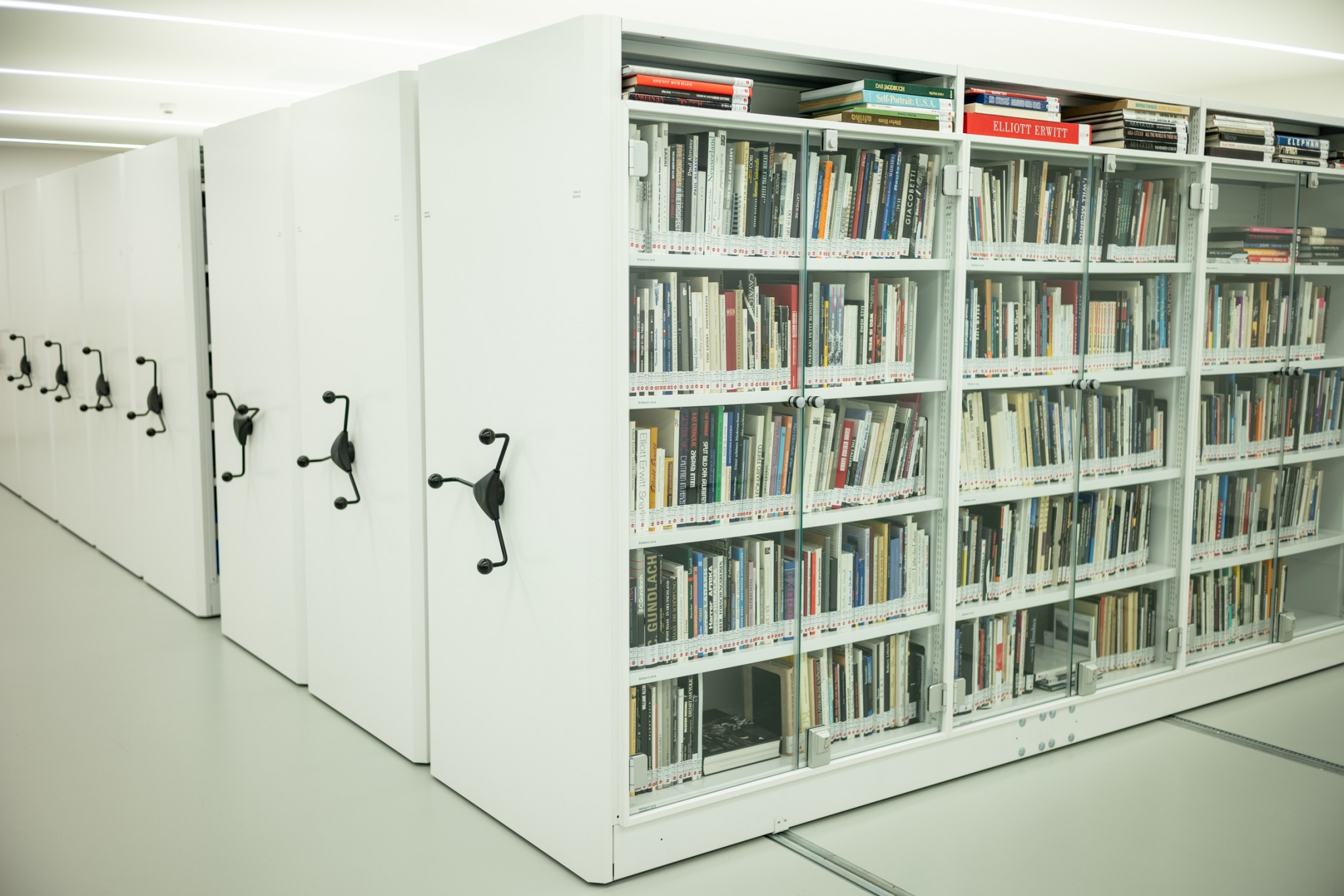

A tour of the Leica
Archives was especially interesting. The current owners and managers have
placed a much higher level of importance of preserving the history of the
company. From the original schematics, prototypes, models, books and even the
spade used to dig the foundation of the original headquarters are housed here.
As mentioned above, the SL
system is the priority when it comes to lenses. The M-mount has 26 lenses in
the line up, so they see the need right now to build up the L mount portfolio.
This means a number of lenses will be released over the next few years, and
Peter Karbe did a talk that outlined some of these, including the insane level
of quality in the upcoming 35 and 50mm Summicron L lenses.
As for the upcoming SL2 –
a number of interviews recently have alluded to this upcoming product,
including a more elegant and less boxy design. But it was also mentioned whilst
I was at Leica that the upcoming camera would be significantly improved in the
speed and accuracy of autofocus. It was also discussed how much resolving power
the new L lenses the Peter’s team has designed, so a sensor with more
megapixels would make sense to realize this resolution.
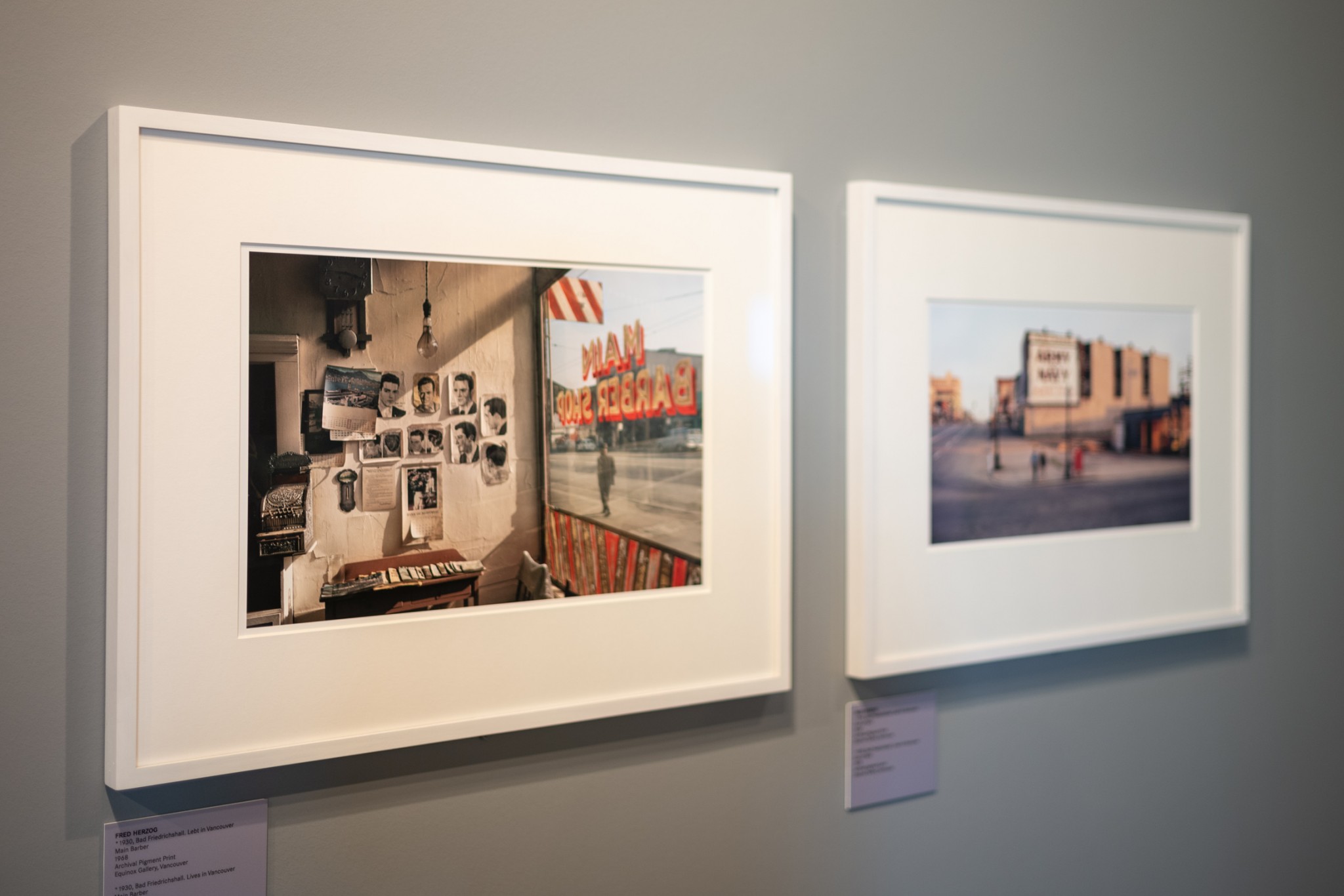

The 100 Years of Leica
exhibit was great to see. Many of my favorite photos and
artists were featured
and there is nothing like seeing a print up close.
Some discussions were had
about in-body verses in-lens image stabilization. They mentioned the issues
with in-body required additional size, but also recognized the benefits when
using M lenses as it would add that feature to those lenses that don’t have it
built in. It seemed like this would be a feature that would continue to be
explored in future products and maybe something we will see in the SL2.


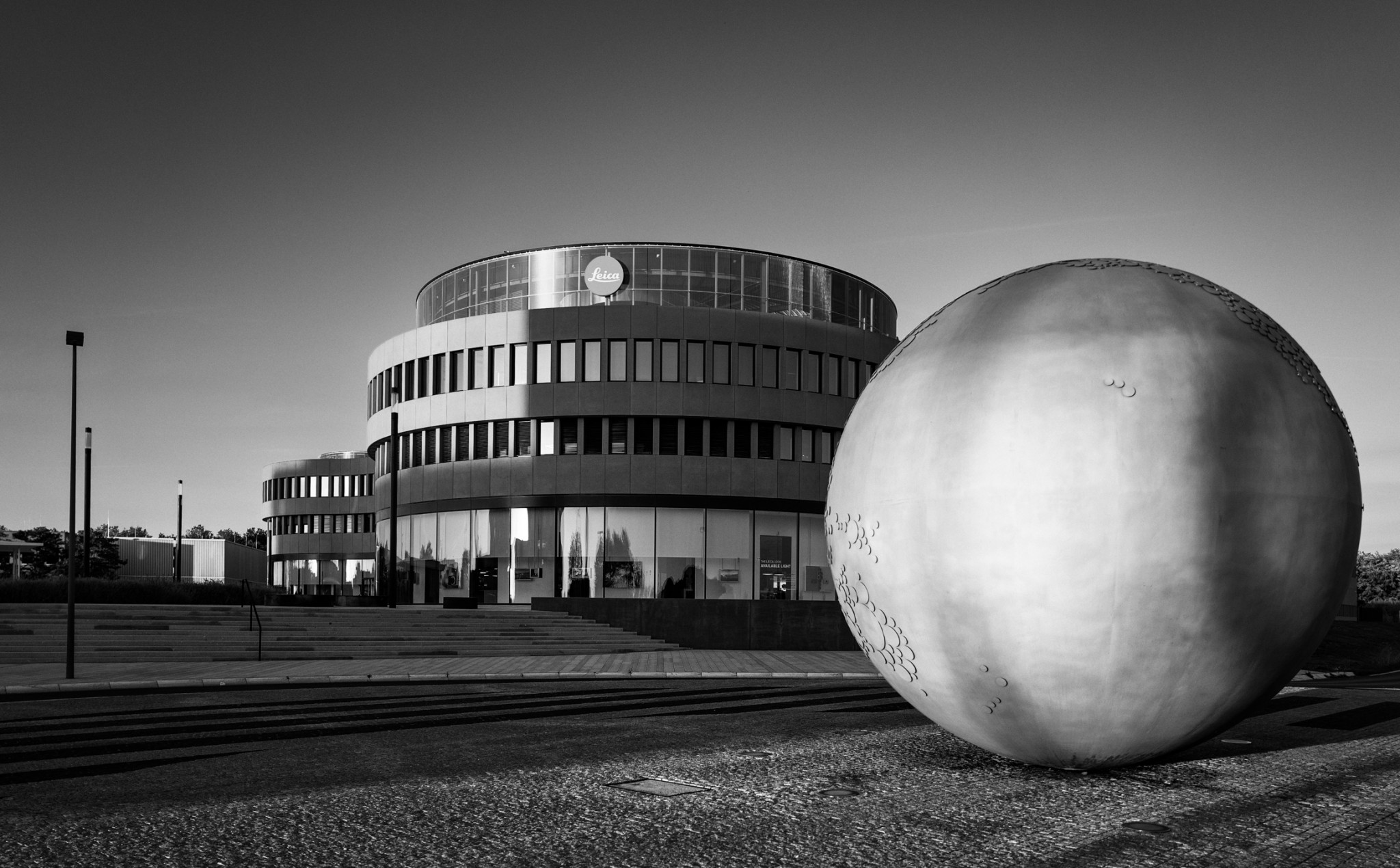
Such a fun location to
photograph. I was lucky to get a few great days of weather with an excellent
sunset one evening.
Customer Service:
Leica is testing a few new
initiatives in Germany with the plan of rolling them out in key markets. This
includes a finance program, a professional loan and service system and
improvements in camera repairs and servicing, especially in North America.
The financial arm, much
like car companies in North America, would allow customers to set up
competitive financing for gear without the high initial outlay, along with
potential upgrade programs for new products.

A professional loan and service
system would also be set up, thats currently being tested in Germany, that
would allow professional users to send in equipment for priority repairs with
loaner equipment whilst it was being fixed, and well priced rental equipment
when backup gear or additional lenses or bodies that may be required for
specific client jobs.
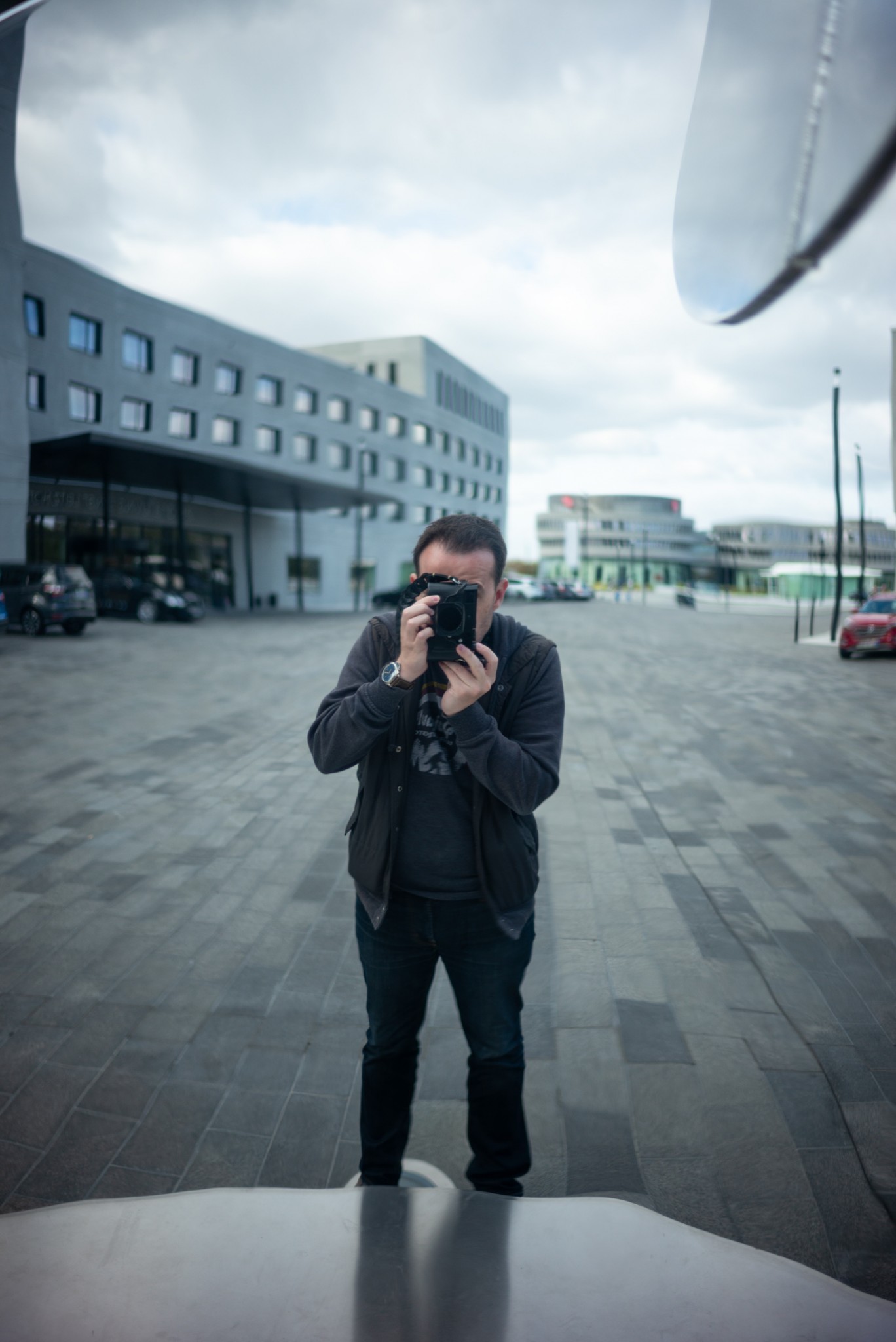
A ‘selfie’ within the
abstract mirror sculpture depicting different internal parts of a lens.
Finally, there was a clear
understanding of the problems and issues in the North American service center
in New Jersey. They were currently putting in a lot of effort to help improve
this situation in both the speed and quality of service and the communication
of how that service was being managed. They said they will continue to work on this.
Conclusion:
Overall, I was incredibly
impressed with the Leica factory, the amazing technology and design they had
developed to continue to make some very unique and exciting products. I was
also encouraged with the plans for the company’s and products future.
For more information go
here
For other articles on this blog please click on Blog Archive in the column to the right
_____________________________________________________________________
_____________________________________________________________________
 Buy vintage Leica cameras from
America's premier Leica specialist
Buy vintage Leica cameras from
America's premier Leica specialist
http://www.tamarkinauctions.com/ http://www.tamarkin.com/leicagallery/upcoming-show

Buy vintage Leica cameras from
America's premier Leica specialist
http://www.tamarkinauctions.com/ http://www.tamarkin.com/leicagallery/upcoming-show
Click on image to enlarge
Order: info@gmpphoto.com
Please make payment via PayPal to GMP Photography
Click on image to enlarge
Order: info@gmpphoto.com
Click on image to enlarge
Order: info@gmpphoto.com
Click on image to enlarge
Order: info@gmpphoto.com
Please make payment via PayPal to GMP Photography
Click on image to enlarge
Order: info@gmpphoto.com
Please make payment via PayPal to GMP Photography
Click on image to enlarge
Order: info@gmpphoto.com
Please make payment via PayPal to GMP Photography














A well written and informative article, Mr. Amos. Nicely descriptive, too. I can just see the somewhat inscrutable Mr. Peter Karbe shrugging with a Cheshire Cat smile as you asked about a 35mm Noct! Many Thanks for the effort!
ReplyDelete